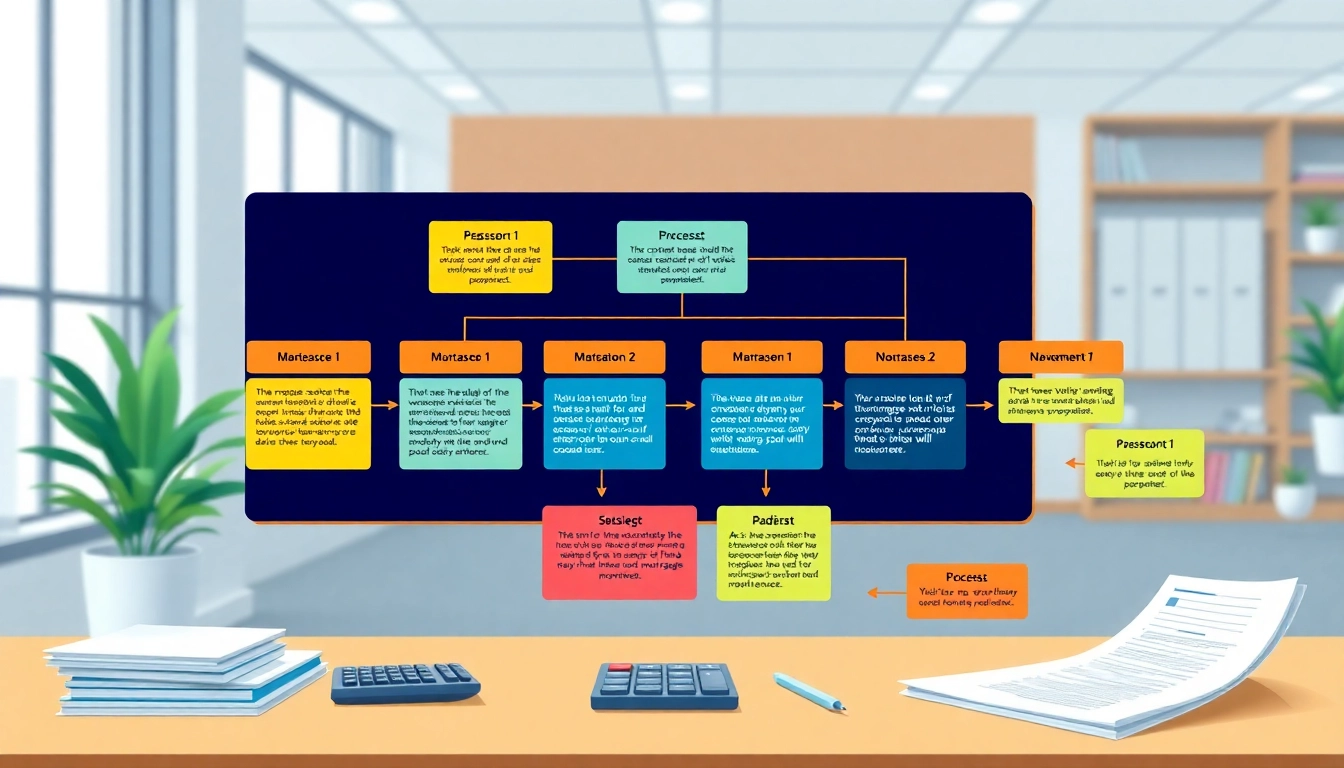Accounts payable is a fundamental aspect of financial management for businesses of all sizes. It involves the organization’s obligations to pay off its short-term debts to suppliers and creditors. As companies continue to digitize their operations, the demand for the best accounts payable tools has surged. This article will delve into the intricacies of accounts payable, the features to look for in the software, the top tools available today, implementation strategies for optimal performance, and the future trends that will shape accounts payable management.
Understanding Accounts Payable: Definition and Importance
What is Accounts Payable?
Accounts payable (AP) is an accounting entry that represents an organization’s obligation to pay off short-term debts to its creditors. It is a vital component of the financial operations of a business, indicating amounts owed to suppliers for goods and services that have been delivered but not yet paid for. Accurate management of accounts payable helps maintain healthy supplier relationships, ensures uninterrupted service delivery, and strengthens the overall financial health of a business.
Why Efficient Accounts Payable Systems Matter
Efficient accounts payable systems contribute significantly to a company’s cash flow management and operational efficiency. By streamlining the AP processes, organizations can ensure timely payments, reduce the risk of late fees, and capitalize on early payment discounts. Additionally, a well-functioning AP system enhances the accuracy of financial reporting, minimizes fraud risk, and provides insights into spending patterns that can help with budgeting and forecasting.
Common Challenges in Managing Accounts Payable
Despite being a pivotal function, managing accounts payable cannot be without challenges. Here are some of the most common ones:
- Manual Processing Errors: Human error can lead to miscalculations, duplicate payments, and inconsistencies in financial records.
- Lack of Automation: Without substantial automation, the AP process can become slow and cumbersome, making it difficult to keep track of invoices and payments.
- Poor Visibility: Companies often struggle to see the full picture of their liabilities, which can complicate cash flow management.
- Supplier Disputes: Discrepancies in amounts owed or payment terms can lead to conflicts with suppliers, impacting relationships.
Top Features to Look for in Accounts Payable Tools
Automation Capabilities
One of the most significant advantages of modern accounts payable tools is their ability to automate routine tasks. This includes automating invoice processing, payment approvals, and reminders for outstanding bills. Automation not only speeds up the AP process but also reduces the chances of errors, ensuring that all transactions are accurately recorded and managed. Features like optical character recognition (OCR) allow software to extract data from invoices automatically, further enhancing efficiency.
Integration with Existing Systems
For an accounts payable tool to be effective, it should seamlessly integrate with existing financial and enterprise resource planning (ERP) systems. Integration capabilities ensure that data flows smoothly between different platforms, reducing the potential for errors and providing a unified view of finances. This interconnectedness is crucial for accurate reporting and analysis, as it allows organizations to gather comprehensive data for reporting and strategic decision-making.
User-Friendly Interfaces
A user-friendly interface is essential for ensuring that all team members can utilize the accounts payable tool effectively. An intuitive interface reduces the learning curve required for new employees and minimizes training time. Features such as dashboards, customizable report generation, and easy navigation contribute to the overall user experience, allowing teams to focus more on strategic tasks rather than being bogged down by complex software navigation.
Comparison of the Best Accounts Payable Tools on the Market
Feature Sets of Leading Software
When assessing the best accounts payable tools, feature sets often vary significantly across platforms. Leading software such as Tipalti, Bill.com, and SAP Concur offer comprehensive features that include invoice processing, payment workflows, and reporting capabilities. Each tool has unique strengths; therefore, businesses should evaluate their specific needs against what these tools offer to determine the best fit.
Pricing Structures and Value for Money
Pricing structures for accounts payable tools can differ widely, often based on the company’s size, required features, and the volume of transactions. Some tools offer flexible pricing based on usage, which can be beneficial for small businesses, while others may have fixed pricing structures that include premium features. It’s critical for organizations to assess the total cost of ownership, including subscription fees and potential transaction fees, to ensure they are receiving value for their investment.
User Reviews and Testimonials
User feedback often provides valuable insights into the effectiveness of accounts payable tools. Reviews on platforms such as G2 and Capterra can help businesses gauge the satisfaction levels of current users. Look for testimonials that focus on factors like customer support, ease of integration, and overall return on investment. Engaging with user communities can also provide additional anecdotal evidence about how well a tool performs in real-world scenarios.
Implementation Strategies for Effective Accounts Payable Tools
Steps to Successfully Implement New Tools
Implementing a new accounts payable tool requires careful planning and execution. Here are key steps for success:
- Assess Needs: Identify specific areas requiring improvement and choose a tool that aligns with these needs.
- Stakeholder Engagement: Involve key stakeholders in the decision-making process to ensure their needs are met and garner support for the implementation.
- Develop a Rollout Plan: Create a comprehensive plan that includes timelines, responsibilities, and resources required for implementation.
- Test the Software: Conduct a pilot test with a smaller team before organization-wide implementation to identify any issues and troubleshoot them.
- Full-Scale Launch: Once the pilot is successful, execute the full rollout and monitor performance closely.
Training Your Team for Optimal Use
Effective training is crucial in ensuring that the accounts payable tool is used to its fullest potential. Consider the following approaches when developing a training program:
- Hands-On Workshops: Conduct interactive sessions that allow users to experiment with the software.
- Online Tutorials: Provide access to webinars or online training modules that employees can refer back to as needed.
- Support Resources: Establish a clear line of communication for ongoing support, such as a help desk or internal champions who can assist others.
Measuring Success and Adjustments Post-Implementation
After implementing an accounts payable tool, it’s imperative to measure its impact on efficiency and accuracy. Establish key performance indicators (KPIs) such as days payable outstanding (DPO), the number of invoices processed per employee, and reductions in processing time. Regularly reviewing these metrics will help determine whether adjustments are needed in processes or additional training is required to maximize the tool’s benefits.
Future Trends in Accounts Payable Tools
Impact of Artificial Intelligence
Artificial intelligence (AI) is set to revolutionize accounts payable by further automating complex tasks. AI can help improve fraud detection, predict payment patterns, and suggest optimal payment timing to enhance cash flow. Embracing AI tools will enable businesses to not only streamline their AP processes but also leverage data for strategic financial planning.
Growing Importance of Cloud-based Solutions
The shift toward cloud-based solutions offers organizations enhanced accessibility, security, and the ability to work collaboratively in real-time. Cloud solutions can reduce overhead costs and eliminate the need for physical servers, making them a preferred option for businesses looking to optimize their accounts payable processes.
Predictions for the Future of Accounts Payable Management
As technology continues to evolve, accounts payable will likely shift toward more integrated solutions that provide holistic visibility across all financial functions. This integration will allow for real-time analytics and insights that help businesses remain agile in today’s dynamic economy. Predictive analytics, machine learning, and advanced data visualization tools will play a pivotal role in shaping the future of accounts payable management.



